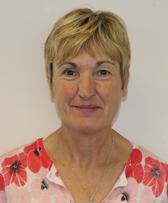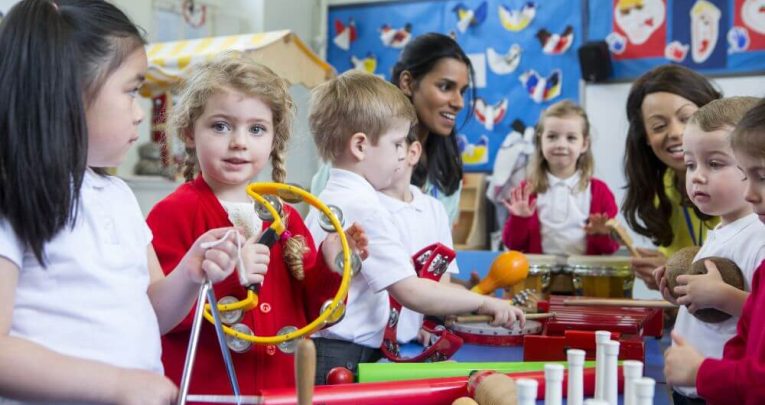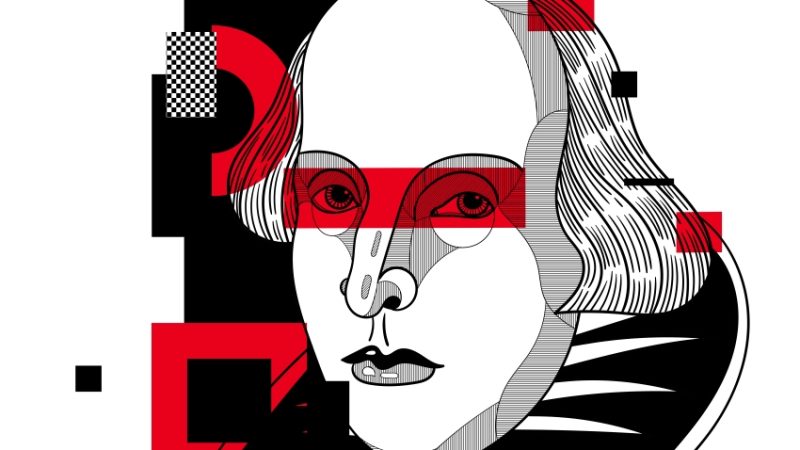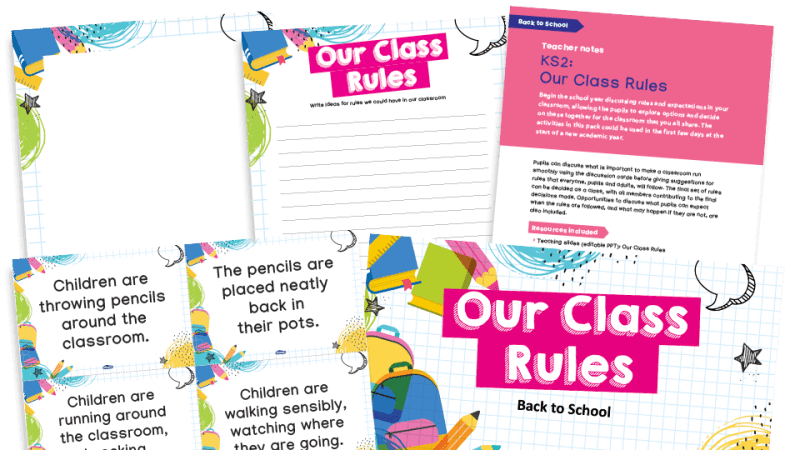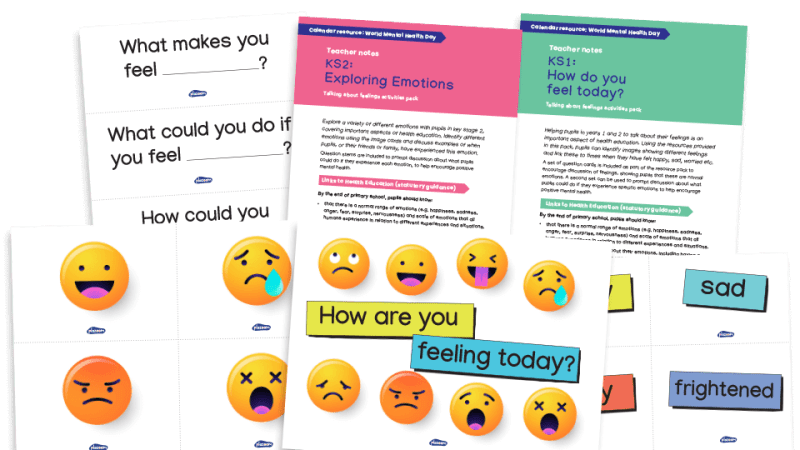Building For Success
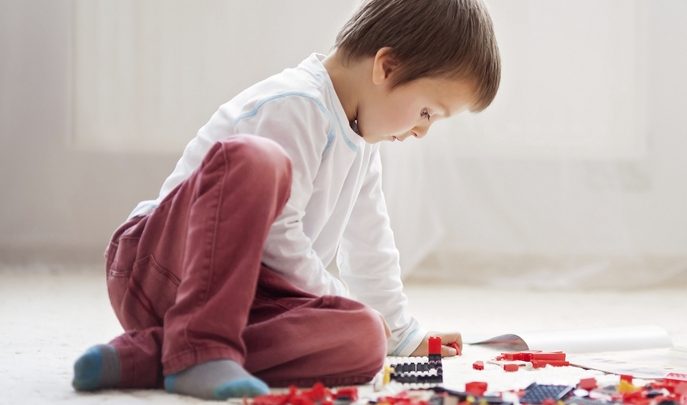
Claire Osbourne recalls the part that hands-on visual resources from LEGO Education were able to play in social and emotional learning programme for schools launched by Telford and Wrekin Council
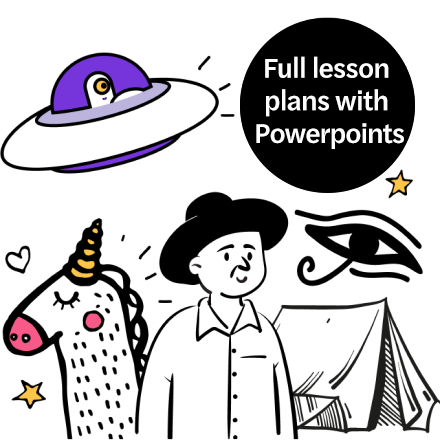
The Behaviour Support Advisory Team (BSAT) for Telford and Wrekin Council supports children and young people experiencing barriers to learning, due to various social, emotional and mental health factors.
Our users include young people on the autistic spectrum, pupils with heightened anxiety and other vulnerable learners experiencing challenges that can affect their ability to communicate with peers and adults.
Working alongside these children, we can experience a lot of ‘acting out’ behaviour – though this is often simply their way of expressing themselves, as they are unable to succinctly communicate how they feel. BSAT works hard to provide pupils with a safe environment in which to explore their thoughts, feelings and emotions and encourage a more positive learning environment.
A more therapeutic approach
For some children, simple conversations or talking therapies alone can be ineffective, tending to lead to closed responses like ‘I don’t know’. Because of this, we decided to start using visual elements and hands-on resources that enabled us to create a more flexible environment that could be changed and manipulated to whatever the pupil wants to express.
As part of this, BSAT introduced LEGO Education’s BuildToExpress resource, which allows children to create visual representations of their thoughts and ideas and can be used to support pupils who struggle with literacy.
Keen to take a more therapeutic approach, we tend to hold sessions in small groups or on a one-to-one basis, so that trust can be built and children feel safe and comfortable opening up. BuildToExpress is perfect for this, since it enables pupils to create something entirely unique to them, which then leads to conversations about how they view relationships, situations and the world around them in a very personal and positive, solution-focused way. For example, we might ask children to build ‘A day in the life of me’, encouraging them to look at what constitutes a ‘good day’ for them, and which people or other factors might contribute to that. This way, they’re empowered to see events from a different perspective, and gain a greater understanding of how their behaviour affects others around them.
Letting them to visualise and build scenarios means that we’re able to look at alternative outcomes where we can focus on the positives, rather than the negatives. We also look at things such as the use of colour to determine feelings, and have found this to be a great vehicle for getting children to open up about the various things in their lives that are affecting them.
Opening up
It’s now been over three years since we started the project, and the outcomes for children are continuing to go from strength to strength. Those children struggling with writing are able to first visualise their ideas before putting pen to paper, and by annotating photos of their work, we can prompt them to express their thoughts in words in a way that can be used to support their learning at a later stage.
For others with more challenging behaviour, we have had practitioners report that pupils have been, “Calmer, [able to] communicate more and can express visually and verbally”. We have also seen general increases in self-esteem and mood, and more pupils being able to integrate with others in the classroom and involve themselves in group activities.
Most importantly, when the children have problems they now have the confidence to approach a teacher for help, rather than withdrawing or acting out as before. Working with these children as part of the project has given them an avenue to open up, build their own world and discuss their perceptions, feelings and behaviours in a way that wouldn’t have previously been possible.
Overall, it’s been a huge success. As teachers across the local authority increasingly hear about what we’re doing, we’re having ever more people enquiring with us about training. Here’s to building a successful future for all of our pupils!
Claire Osbourne, Senior Advisor for behaviour and emotional difficulties at Telford and Wrekin Council; you can find further information about BSAT’s work at the team’s website or by emailing claire.osbourne@telford.gov.uk




